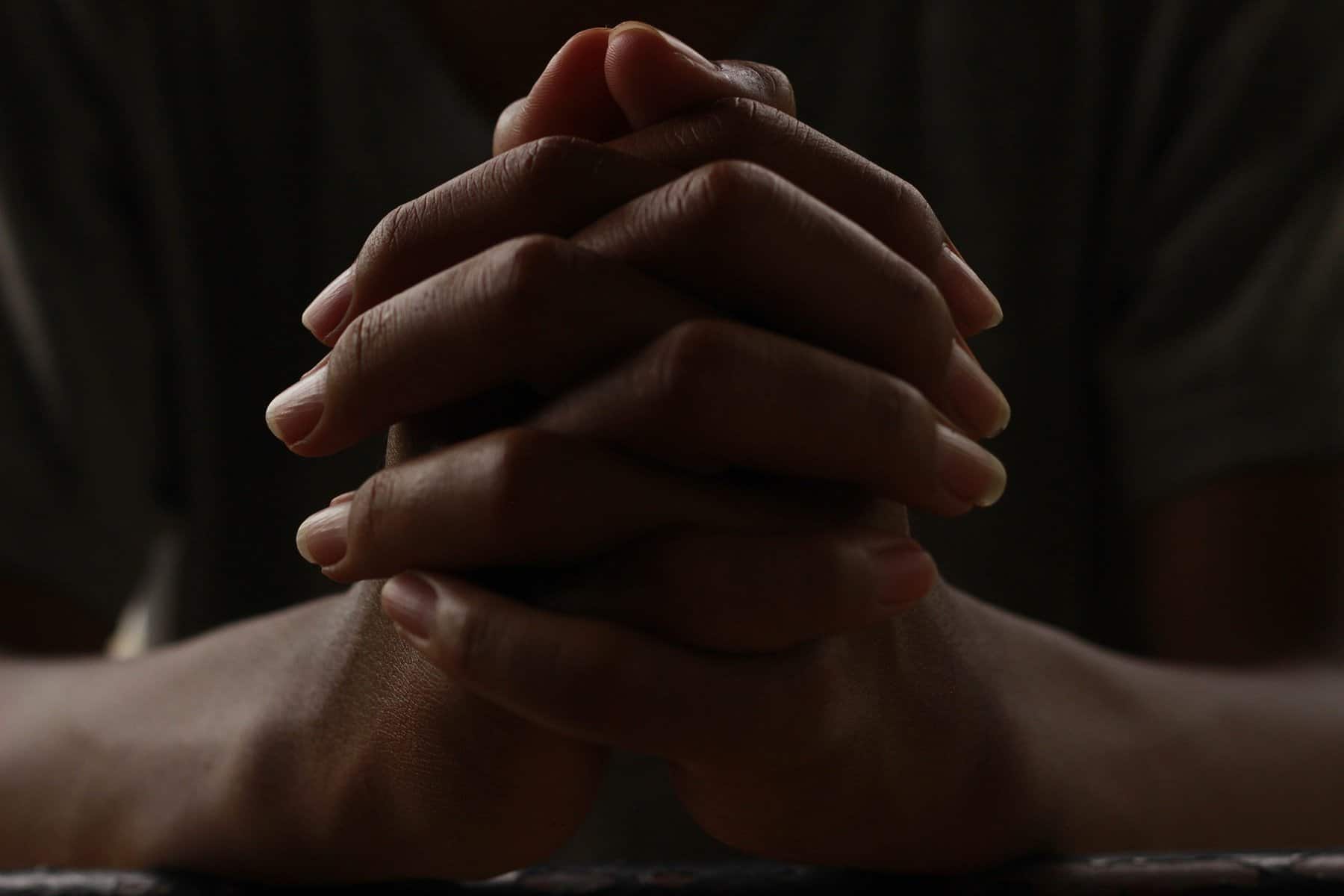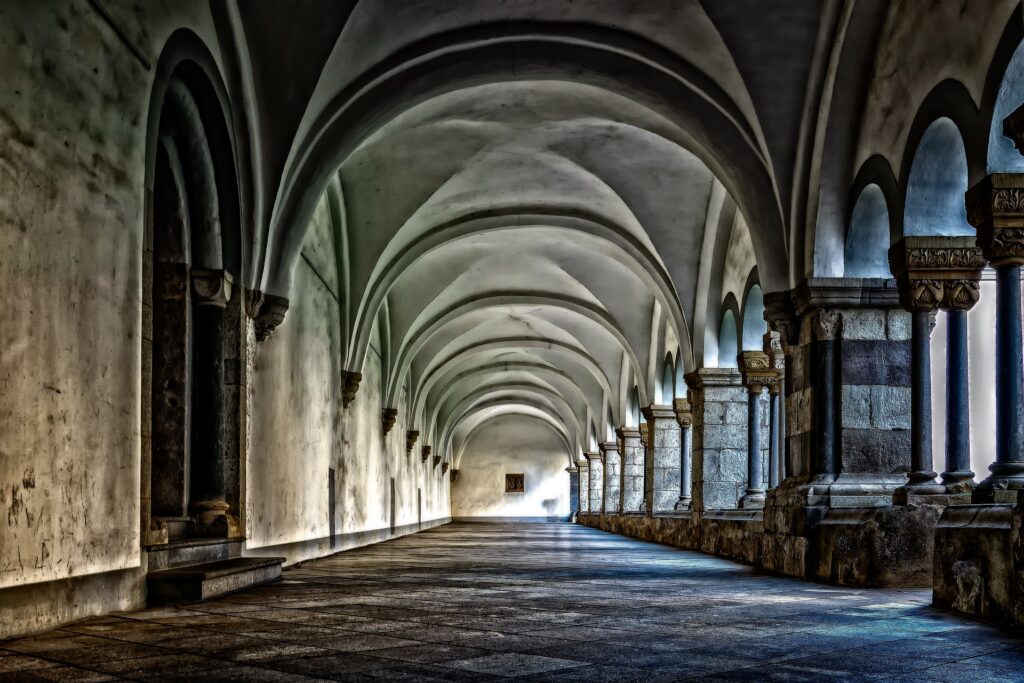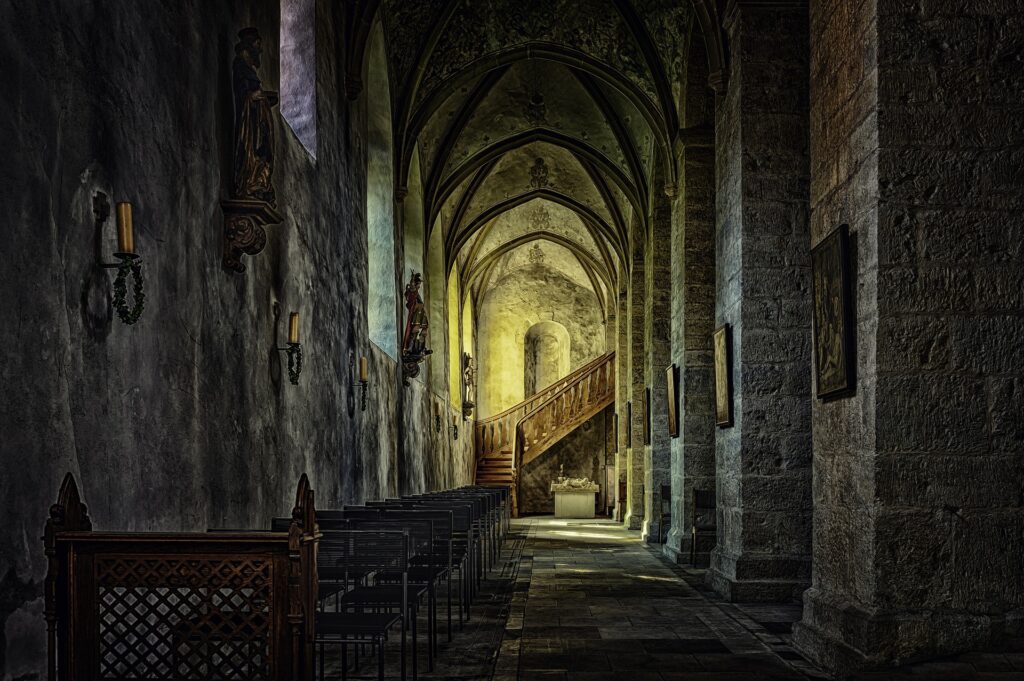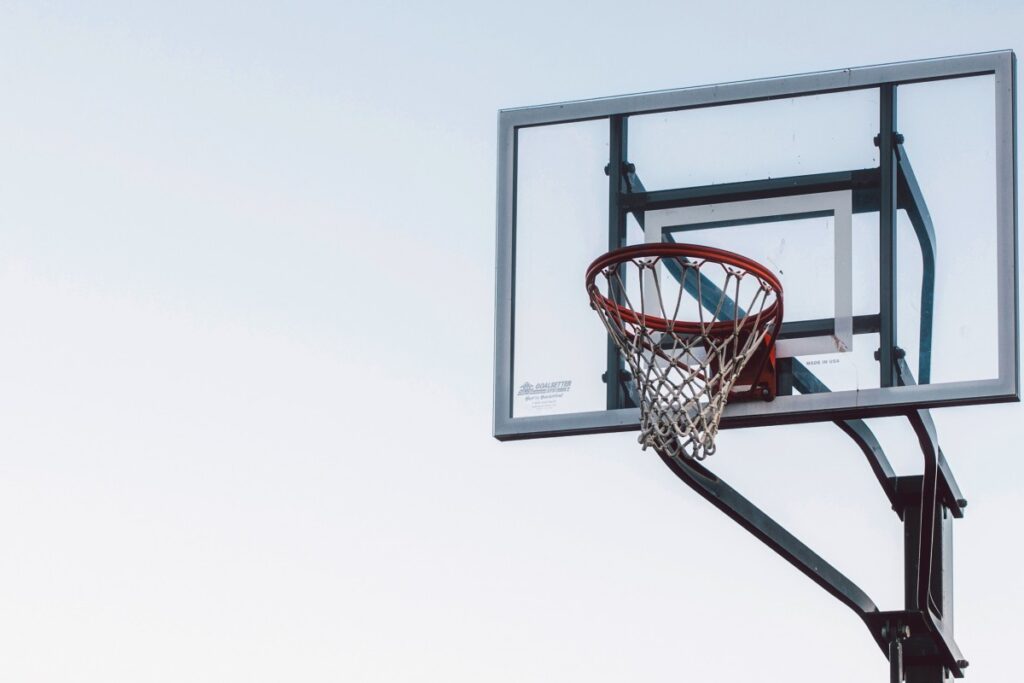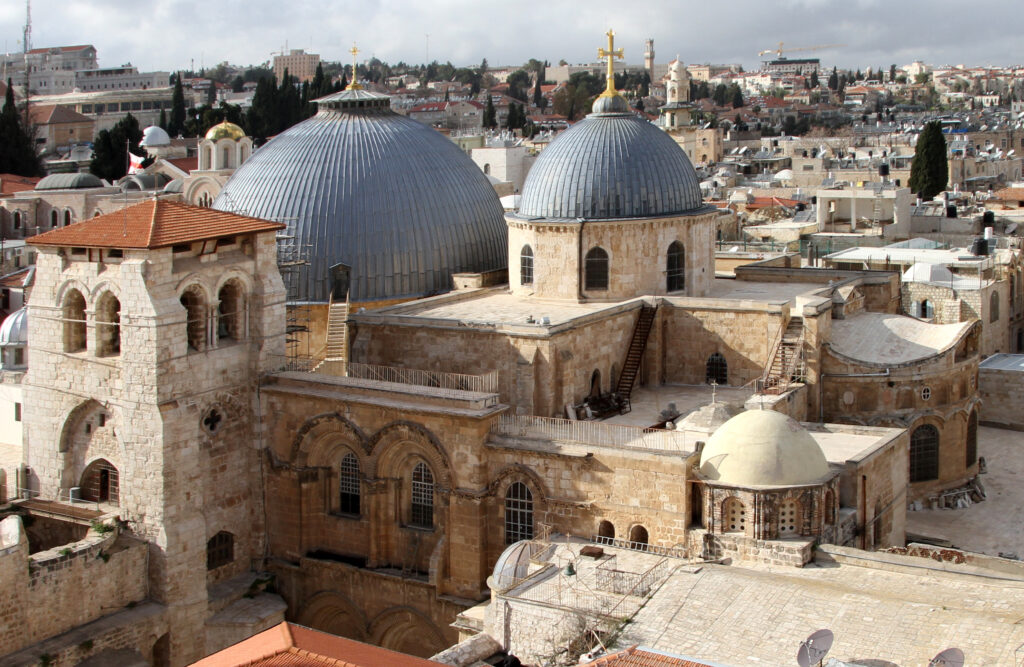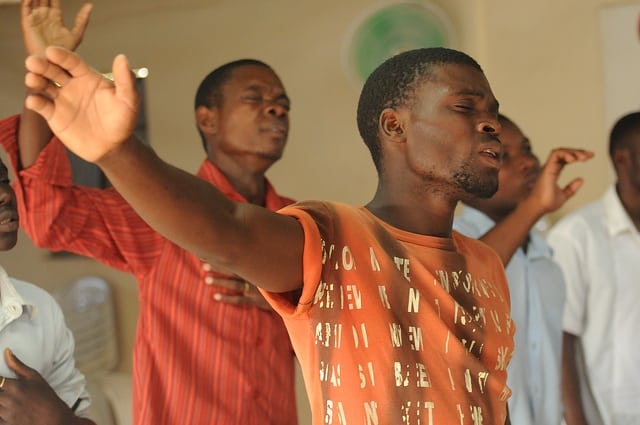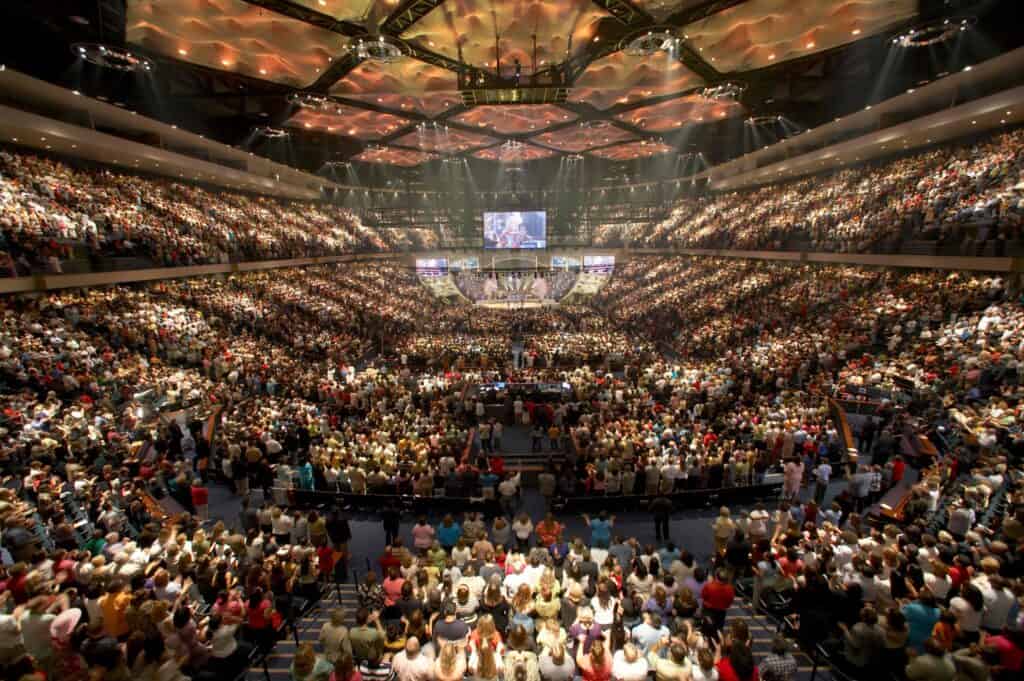The excavation of three suspected graves located at the site of one of the first Black churches in the United States has started in order to determine the identity and way of life of those who were buried there. The church was started in 1776 through the endeavor of both enslaved and free Black residents of Williamsburg, Virginia. As a result of laws prohibiting Blacks from being part of congregations, members of the church met secretly.
Los Angeles Times reports:
Archaeologists in Virginia began excavating three suspected graves at the original site of one of the nation’s oldest Black churches Monday, kicking off a months-long effort to learn who was buried there and how they lived.
The First Baptist Church was formed in 1776 by free and enslaved Black people in Williamsburg, the colonial capital of Virginia. Members initially met secretly in fields and under trees in defiance of laws that prevented African Americans from congregating.
A total of 41 apparent burial plots have been identified. Most are four to six feet long and up to two feet wide. The soil is discolored in places where holes were likely dug and filled back in. Only one grave appears to be marked, with an upside-down empty wine bottle.
Before excavations began Monday, a private blessing was held.
“It was important for us to have that ceremony — to bless the ancestors,” said Connie Matthews Harshaw, a church member and board president of a foundation that preserves First Baptist’s history. “Because we don’t know their names. Their names are known only to God.”
Jack Gary, the director of archaeology of Colonial Williamsburg, has reported that if the excavation generates human remains, the remains will undergo DNA testing and bone analysis. The DNA testing will be done at the University of Connecticut and the bone analysis will be done at the Institute for Historical Biology, located inside the premises of William & Mary university.
If human remains are found in the plots being excavated, DNA tests and analyses of bones will be conducted, said Jack Gary, Colonial Williamsburg’s director of archaeology.
DNA analysis should be able to determine the person’s eye color and skin tone as well as propensity for certain diseases and genomic ancestry. Analysis of bones can show a person’s age at time of death as well as quality of life and physical stresses endured, Gary said.
The remains will be taken to the Institute for Historical Biology on the campus of William & Mary, a university in Williamsburg, for cleaning and bone analysis. The University of Connecticut will conduct the DNA testing.
Church members eventually want to submit their own DNA to determine familial links with those who are buried there. The human remains will eventually be re-interred.
Read the full article here

